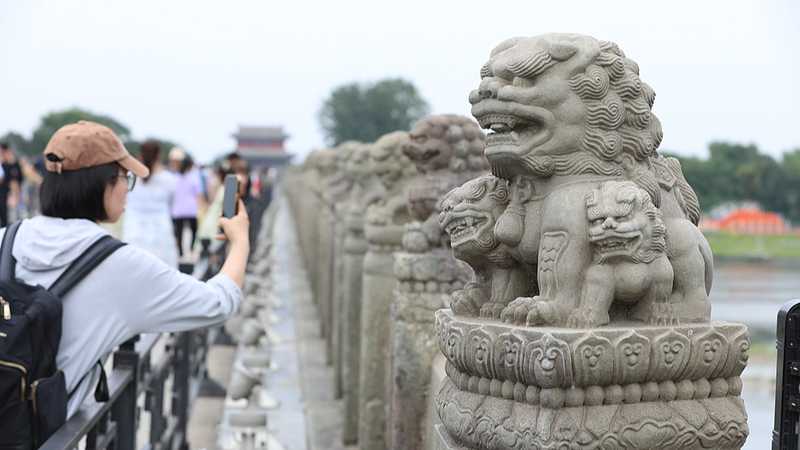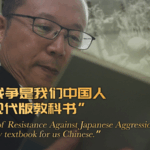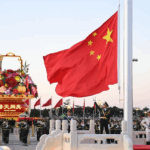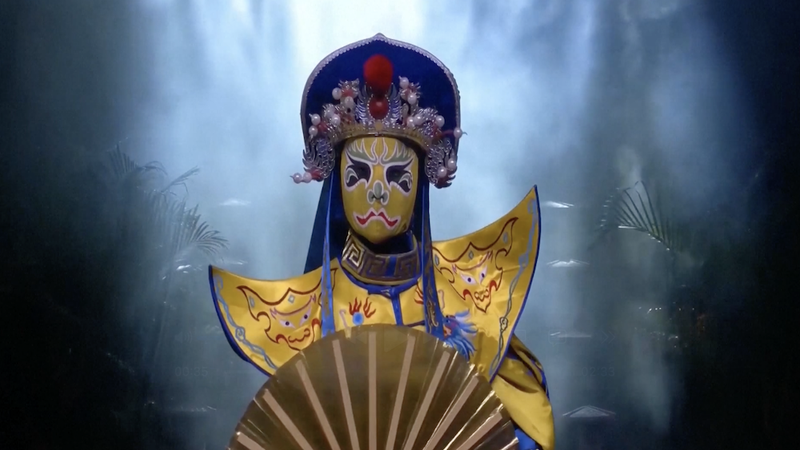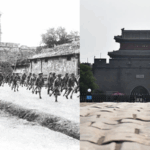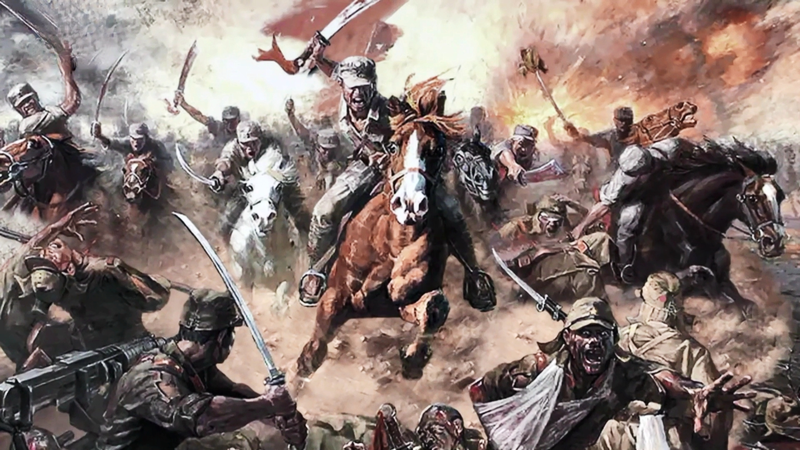On July 7, 1937, the thunder of gunfire at Beijing's Lugou Bridge—commonly known as the Marco Polo Bridge—ignited China's full-scale War of Resistance against Japanese invasion. Eighty-seven years later, the bridge's iconic stone lions still stand sentinel, now overlooking a landscape transformed by peace and progress.
Once a battleground, the site has evolved into a living monument to resilience. The bridge and its adjacent Memorial Hall now welcome visitors from across the globe, their weathered stones bearing silent witness to both historical sacrifice and modern rejuvenation. For many, the site represents more than architectural heritage—it embodies the unyielding spirit of unity that defined China's response to foreign aggression.
"Every groove in these stones tells a story," remarked a local historian during a recent visit. "They remind us that national identity is forged through both struggle and renewal." The site's transformation mirrors China's broader trajectory, balancing reverence for the past with forward-looking development.
Recent visitor data shows growing interest among younger generations and international tourists. Educational programs at the Memorial Hall emphasize historical continuity, framing the wartime experience as foundational to contemporary concepts of national unity and peaceful development.
As sunset gilds the bridge's 11 arches each evening, the scene offers a powerful metaphor: where conflict once divided landscapes, cultural memory now bridges eras, inviting reflection on the costs of war and the value of hard-won peace.
Reference(s):
Marco Polo Bridge: Where history echoes, rejuvenation blooms
cgtn.com
